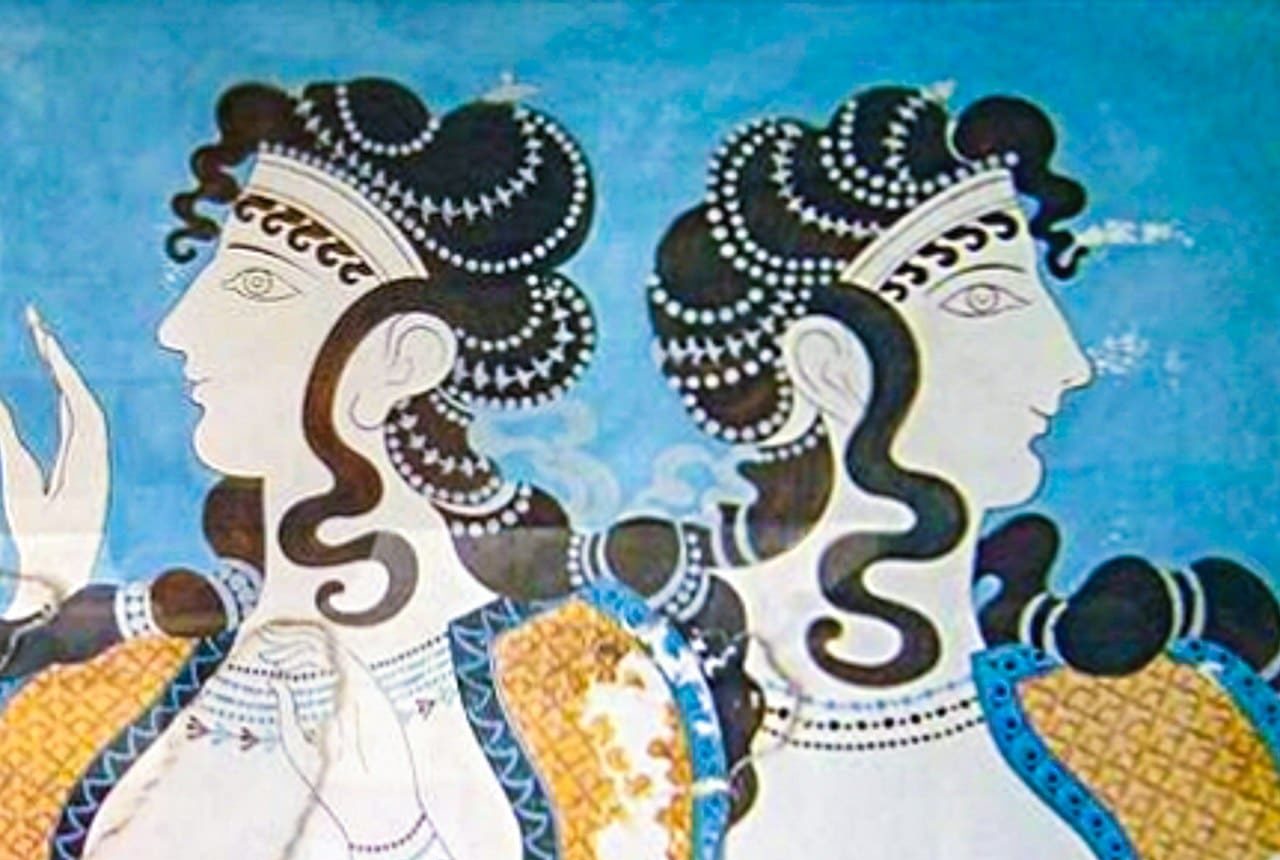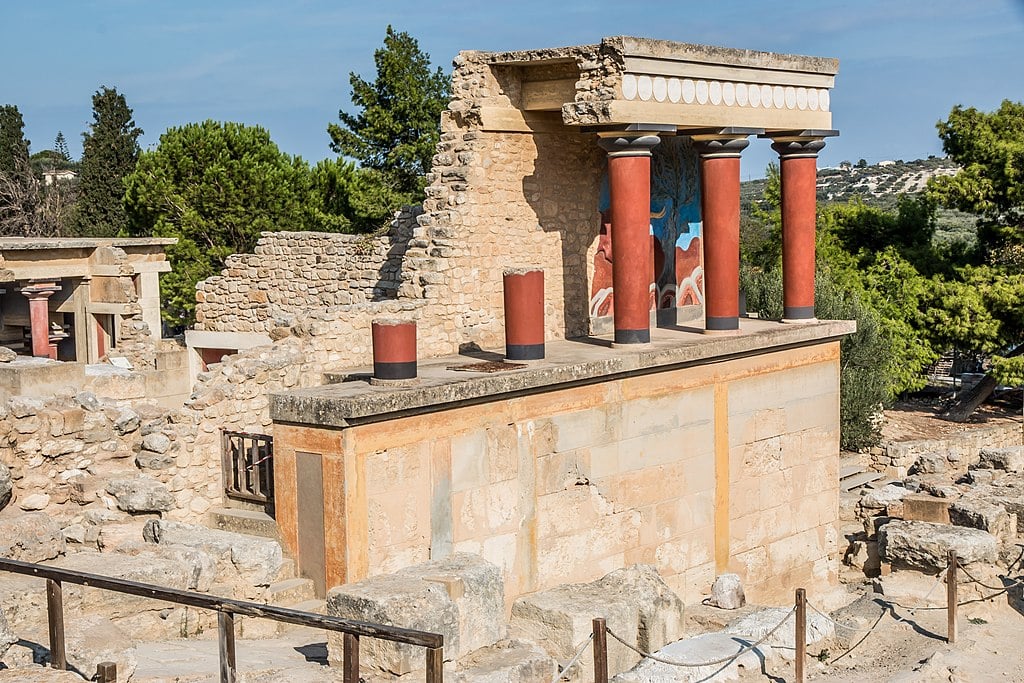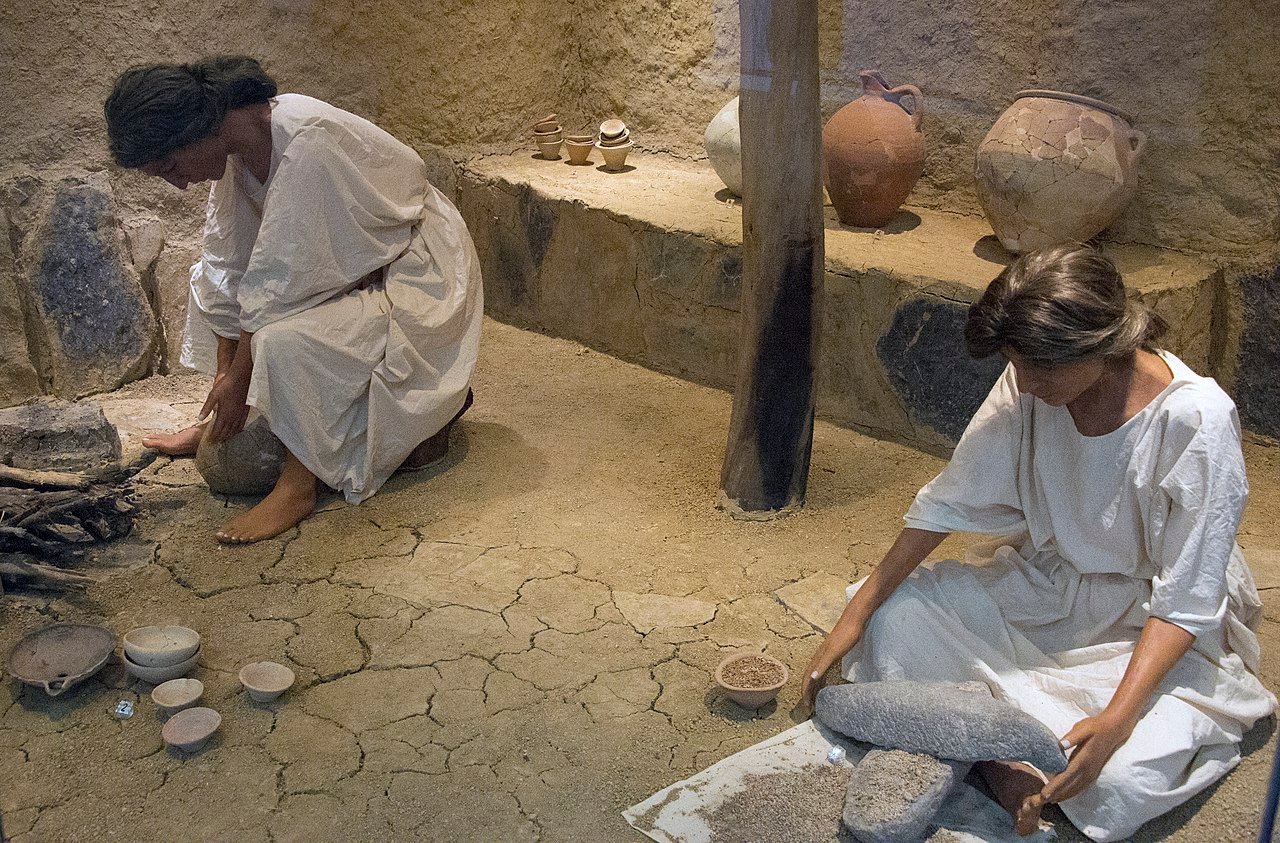
A recent DNA analysis of ancient Minoan genomes show that the choice of marriage partners was determined by one’s own kinship. First cousin marriages were not unusual to the Minoans of the Bronze Age.
A team of scientists from the Max Planck Institute of Evolutionary Anthropology made the remarkable discovery. This was unveiled in an analysis of genomes from that time period in which close links were revealed.
“More than a thousand ancient genomes from different regions of the world have now been published,” Eirini Skourtanioti, the lead author of the research project stated. “But it seems that such a strict system of kin marriage did not exist anywhere else in the ancient world.”
The revelation that it was actively practiced in Ancient Minoan society was thus “a complete surprise to all of us and raises many questions”.
Kinship and Minoan marriage rules
Crete is the birthplace of Minoan society, a group of people with complex rituals and established rules for everything from animal sacrifices and funeral services to marriages.
The study on the genomes of people who lived in the Aegean during the Bronze Age is the focus of an article published in Nature Ecology & Evolution. Of particular interest was the DNA of the former inhabitants of a Mycenaean hamlet from the 16th century B.C.
The research team focused specifically on the remains found in a tomb in front of a house in a small townlet. This enabled them to construct a family tree with clear insight into the familial connections between the inhabitants.
“We wanted to have a look at how…people [were] buried together [when] genetically related,” Philipp Stockhammer, a professor of archeology, explained to CNN. Another goal in the specific study, according to Stockhammer, was to identify what we could “learn about the relevance of the genetic relativeness [and] the structure of the society”.

“We could see…that the three sons lived as adults in the house,” he said. “One of the marriage partners brought her sister and a child.”
What they stumbled upon when analyzing their genomes along with a hundred others was that the kinship between the family members was closer than modern marital practices would allow. Specifically speaking, that Ancient Minoans allowed first cousin marriages.
“People have thousands of ancestral genomes and there’s hardly any evidence [among] societies in the past of cousin-cousin marriage,” he said. “From a historical perspective, this really is astounding.”
Half of Ancient Minoan nuptials were with first cousins
Stockhammer offered a simple explanation for the occurrence that modern society might be deem unhealthy as well as unsound.
One point he emphasized was that, in other parts of Europe during the Bronze Age, women migrated in order to marry in areas where resources were more plentiful. However, in Greece, “there’s not much space to grow things…”
“All of the driving force is to unite the land within the family,” he explained. “If you [look] at what people were growing, it was grapes and also olives for olive oil. But both grapes and olives might need…[one to] be at a certain place for decades. If you marry in your family, it means that you focus on staying in the same area.”

The fact that marrying within one’s own family was so predominant amongst Ancient Minoans on Crete was thus no coincidence. Rather, it was a means to an end.
“We can completely see the cousin to cousin marriage from the genomic evidence,” Stockhammer said. “It’s too many people to say it’s pure chance. I would say it was quite a strict practice.”
As for the scientific and historical significance of the latest revelations on Ancient Minoans unearthed by the research project, Stockhammer was quite clear.
“With this knowledge, we are basically forced to rethink the social organization in this period and societies that were behind these amazing works of art and architecture,” he said. “It’s a society where we have written records about palace administration. But we are now able to say something about the normal people.”
See all the latest news from Greece and the world at Greekreporter.com. Contact our newsroom to report an update or send your story, photos and videos. Follow GR on Google News and subscribe here to our daily email!



